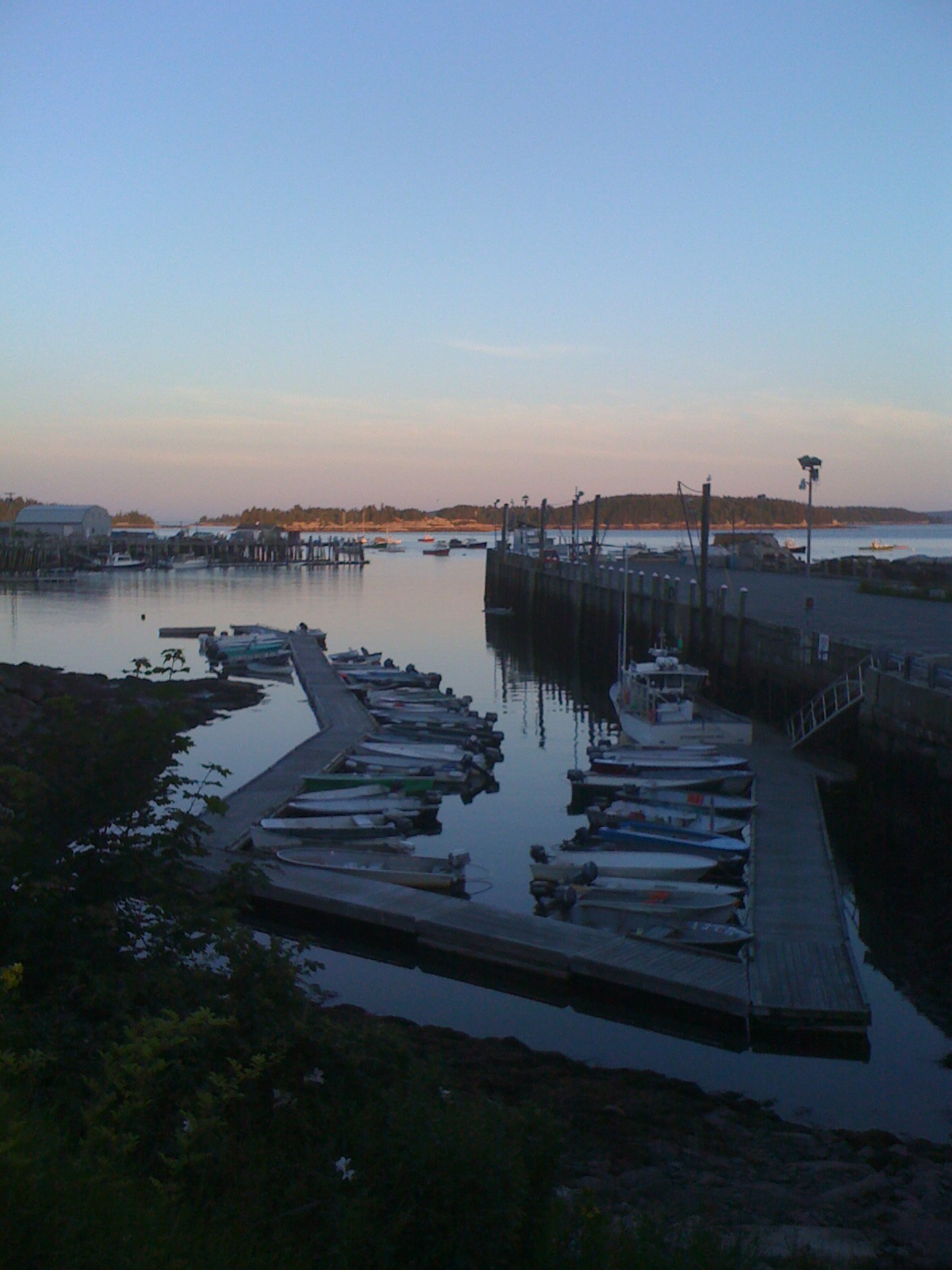By Bill Dewey
November 6th, 2011
THE Taylor family has farmed shellfish in Puget Sound for over a century. The business now faces a challenge to its very existence that we didn’t even know about until five years ago: ocean acidification.
Seawater upwelling on Washington’s coast at times is so corrosive that the shells of oyster larvae dissolve faster than they can form. Recent research shows that the shifting chemistry of seawater impacts far more than oysters. Increasing acidity can deform, stunt, disorient and even kill a number of species throughout the marine food web, from tiny plankton to scallops, crabs and fish. Understanding how these corrosive waters impact the ocean’s ability to produce food is a pressing global security issue.
If we don’t begin addressing ocean acidification promptly, the future of shellfish farming and the entire seafood industry is at stake. On our current path, we are consigning our heirs to a world of increasing scarcity and conflict over ocean resources.
Are we up to it? The tools we need already exist. We can prevent many of acidification’s worst consequences by embracing proven and often profitable strategies to increase energy efficiency, manage fossil-fuel emissions and limit nutrient runoff. We can reduce harm to seafood supplies through scientific monitoring and research. These are all things we can do locally and make a difference.
In the open ocean, acidification results from emissions of carbon dioxide (CO2) that mix into seawater. The oceans absorb about a quarter of the 70 million tons of CO2 we emit every day. This forms carbonic acid. The acid thins the ocean’s naturally rich soup of carbonate, the basic construction material used by many marine organisms to build shells, skeletons and reefs. Along our coasts, human activities amplify these changes by increasing runoff of soil, fertilizer and animal wastes, triggering hypoxia and acidification in many bays and estuaries where we grow shellfish.
For Taylor, acidification is not a future threat estimated by modeling or projections. It’s here now. During 2007-2009, our oyster larvae production declined up to 80 percent. Other West Coast operations were also decimated. At the Whiskey Creek Hatchery in Netarts Bay, Ore., oyster larvae dissolved in their tanks.
By monitoring water chemistry we’ve learned to avoid and buffer corrosive waters — restoring a good portion of our production, for now. We’re fortunate that we have the ability to control the seawater chemistry for our baby oysters in our hatcheries. The picture is not so rosy for critters that must survive in the increasingly acidic ocean.
At Taylor, we feel like the proverbial canary in the coal mine, with a twist: After getting knocked down, we lived to sing. Having seen the impact of high-CO2 waters we feel some responsibility to speak out and make others aware of the serious and only recently understood consequences of continued high carbon emissions on the ocean.
We are fortunate that Seattle is a hub of work on ocean acidification. An international seafood industry study group run by the Sustainable Fisheries Partnership is based here. NOAA’s principal scientist on the issue, Dr. Richard Feely, is at Sand Point. The University of Washington’s Terrie Klinger leads studies on how acidification’s effects might be mitigated. Former 3rd District Congressman Brian Baird was the most knowledgeable representative in Congress on this issue and continues his interest.
All our efforts at marine conservation and resource management will prove inadequate if we don’t tackle the most basic problem of all — ocean acidification.
Bill Dewey is communications and policy director for Taylor Shellfish Farms, based in Shelton, Wash., the largest producer of farmed shellfish in the U.S.

